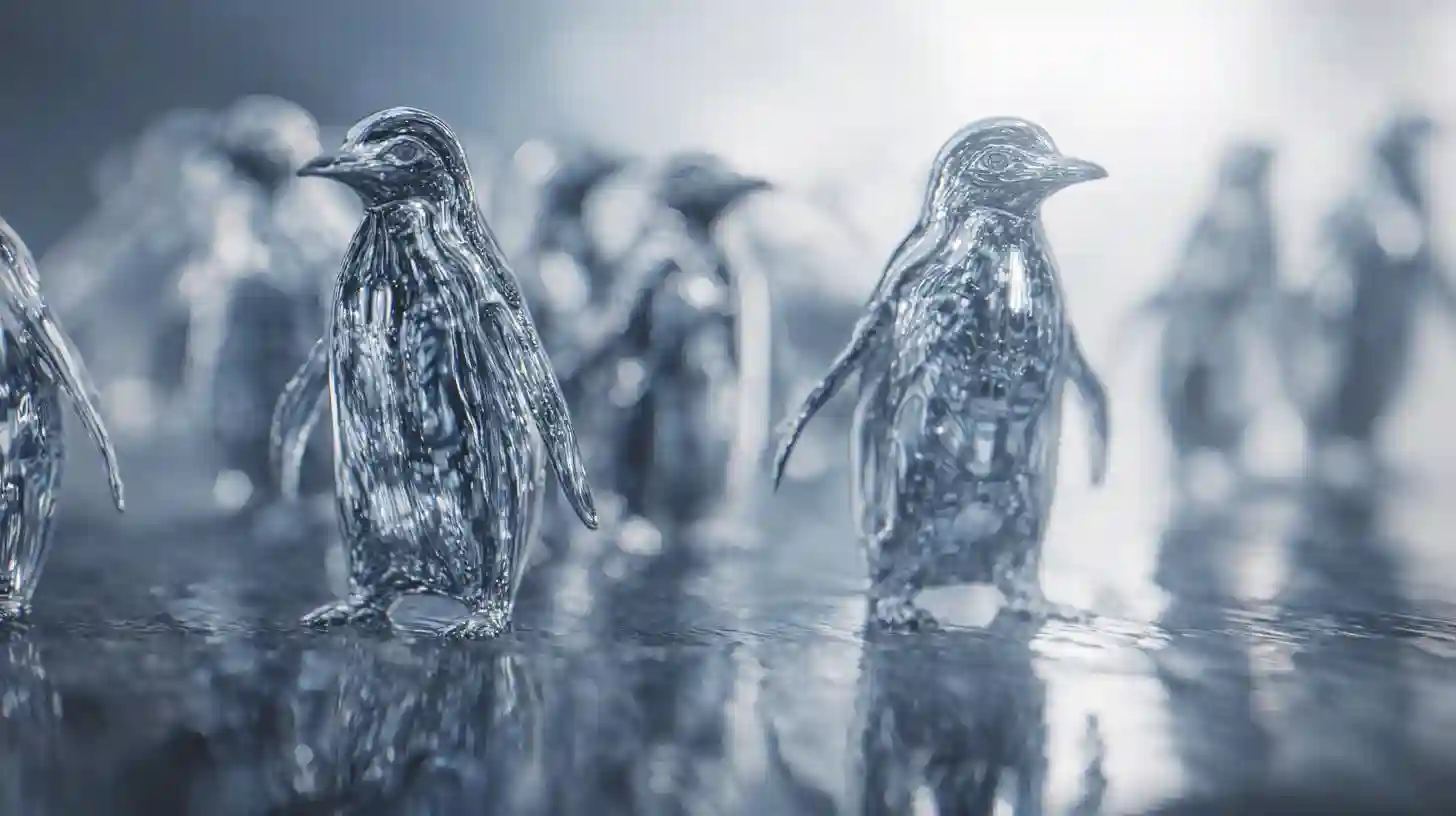
The waddle of a penguin is one of its most recognizable features. Penguins, known for their distinctive upright posture and short legs, have a unique method of moving that is unlike any other bird. This seemingly awkward gait has evolved to serve multiple purposes, from providing stability on slippery surfaces to aiding in energy conservation during movement. Understanding the science behind this waddling motion involves examining the anatomy of penguins, their environment, and the biomechanics of their movement.
Penguins are flightless birds that have adapted to a life of swimming and diving. Their wings, which are small and rigid, have evolved into flippers that are highly efficient for propulsion underwater but not suited for flight. On land, this limitation affects their mobility. Instead of using wings to assist with movement, penguins rely on their strong legs and unique method of locomotion to get around.
One of the primary factors contributing to the penguin's waddle is the structure of its legs. Unlike most birds that have long, flexible legs that allow for a wide range of motion, penguins have relatively short legs positioned far back on their bodies. This anatomical design affects their ability to walk in a straight line. To compensate for their short legs, penguins use a rocking motion, shifting their weight from side to side as they walk. This movement creates the signature waddle that is both endearing and efficient in navigating their icy environments.
The waddling motion is also influenced by the penguin’s body shape. Penguins have a streamlined, torpedo-like body that is designed for swimming. This body shape, while ideal for gliding through water, makes it less suited for land-based movement. The combination of short legs and a heavy, compact body means that penguins must exert more energy to maintain balance while walking. The waddle, in this sense, helps to stabilize their bodies and reduce the risk of falling on slippery surfaces, such as ice or snow.
Additionally, penguins have a relatively high center of gravity, which further affects their balance. Their thick layer of blubber and dense bones make them heavy and well-insulated, ideal for surviving cold temperatures. However, this weight distribution causes them to lean slightly forward when walking, increasing the likelihood of stumbling or tipping over. To prevent this, penguins take small steps and adjust their posture, employing a waddling motion to keep their balance intact.
From a biomechanical perspective, the waddling motion is a highly efficient way for penguins to move over land. While it may seem slow and cumbersome, it is actually an energy-efficient way to travel in their harsh environments. Penguins don’t need to expend excessive energy lifting their feet high with each step; instead, they shuffle and rock, minimizing the energy required for movement. This is particularly important in the cold, where conserving energy is critical for survival.
In addition to their waddling gait, penguins also exhibit a behavior known as tobogganing. On particularly slippery surfaces, penguins use their bellies to slide across the ice, much like a sled. This method of travel is even more energy-efficient than walking, as it takes advantage of the penguin's body shape and the smoothness of the ice. By combining waddling and tobogganing, penguins are able to move across the ice with a remarkable degree of efficiency.
Another interesting aspect of penguin locomotion is their ability to adapt their movement based on the terrain. On land, they tend to waddle slowly, using their flippers for balance and support. However, when they are near the water, they switch to a more fluid, agile movement, preparing to dive into the ocean. Their ability to transition between these two modes of movement—land and water—demonstrates the flexibility of their evolutionary adaptations.
The waddle of a penguin, while it may seem like a quirky trait, is the result of millions of years of evolution. Penguins have developed this unique form of movement to navigate the cold, slippery terrain of their environments while conserving energy and maintaining balance. The combination of short legs, a heavy body, and a high center of gravity all play a role in creating the distinctive waddle that we associate with these charming birds.